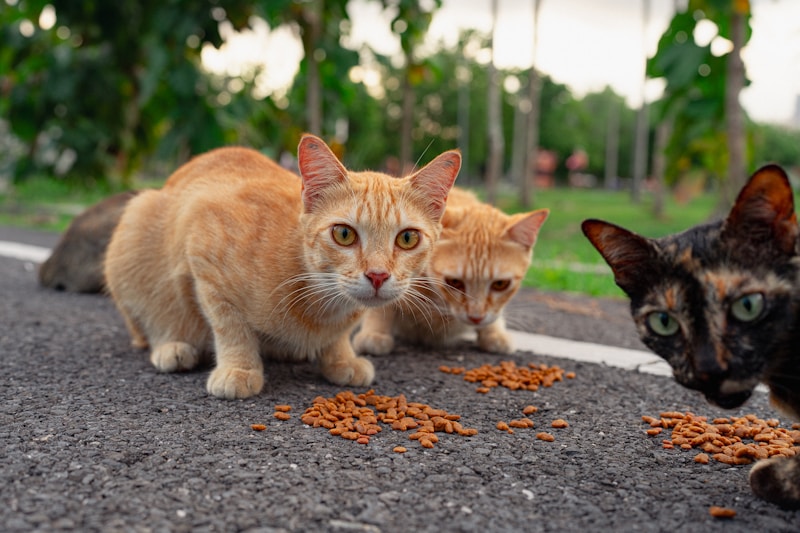As pet ownership continues to soar globally, so does the demand for sustainable and nutritious food options for our furry companions. Insect-based pet food, once a niche idea, is now gaining traction as an innovative and eco-friendly alternative to traditional meat-based diets. With concerns about climate change, resource scarcity, and animal welfare at the forefront, this novel approach is being hailed as a potential solution to multiple challenges faced by the pet food industry.
A Sustainable Alternative to Traditional Proteins
One of the most compelling arguments in favor of insect-based pet food is its sustainabilitys. Traditional meat production is resource-intensive, requiring vast amounts of water, land, and feed. In contrast, insects require far less to produce the same amount of protein. For example, crickets need six times less feed than cattle and produce fewer greenhouse gases. They can be raised vertically in small spaces and thrive on organic waste, further reducing their environmental impact.
As the global population—and consequently the pet population—grows, the pressure on traditional protein sources intensifies. The pet food industry alone accounts for a significant share of global meat consumption. Shifting to insect protein could reduce the carbon pawprint of pets and help preserve natural resources for future generations.
Health Benefits for Pets
Insects aren’t just good for the planet—they’re also packed with nutrients that can benefit pets. Black soldier fly larvae, crickets, and mealworms are the most commonly used insects in pet food, and they offer high levels of protein, healthy fats, amino acids, and micronutrients like iron and zinc.
Veterinarians and pet nutritionists are increasingly endorsing insect-based diets for pets with food sensitivities or allergies. Many dogs and cats develop intolerances to common proteins like beef or chicken, and insect protein can serve as a novel and hypoallergenic alternative. Additionally, some insect-based pet foods include chitin, a fiber found in insect exoskeletons, which may support digestive health.
Market Growth and Consumer Perception
The insect-based pet food market has seen rapid growth in recent years, with several startups and established brands entering the space. Companies like Yora, Bug Bakes, and Jiminy’s have introduced insect-based kibbles, treats, and wet food, targeting environmentally conscious pet owners. Market research projects that the global insect protein market for animal feed—including pet food—will reach several billion dollars within the next decade.
However, consumer acceptance remains a hurdle. Many pet owners are still squeamish about feeding their pets insects, despite the health and sustainability benefits. Education and transparency are key to overcoming this barrier. Brands are focusing on high-quality packaging, scientific endorsements, and palatability testing to reassure consumers about safety and efficacy.
Regulatory and Ethical Considerations
As with any emerging food source, insect-based pet food must navigate a complex regulatory landscape. In the European Union, for example, the use of certain insect species in pet food has been approved, while others are still under review. In the United States, the Association of American Feed Control Officials (AAFCO) has begun issuing guidelines for the safe inclusion of insect protein in pet food formulations.
Ethical sourcing is another important aspect. Insects must be farmed under humane conditions, and their welfare considered during breeding, harvesting, and processing. Additionally, ensuring the cleanliness and safety of insect farms is critical to preventing contamination and maintaining public trust.
Insect-based pet food represents a promising shift toward sustainability and health in the pet care industry. While challenges remain in terms of regulation, consumer perception, and ethical farming, the benefits are too substantial to ignore. As more research emerges and market acceptance grows, feeding pets insects may soon become not only normal but preferred.

